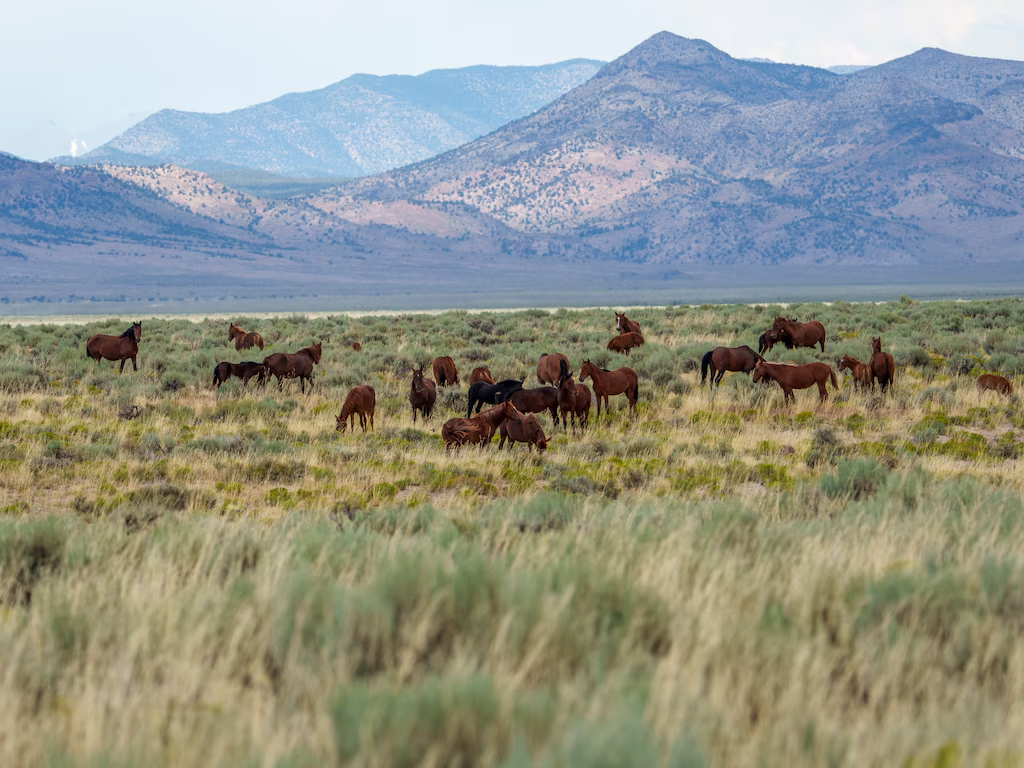Iron County takes Pine Valley water pumping off pause.
By Leia Larsen, The Salt Lake Tribune
“This article is published through the Utah News Collaborative, a partnership of news organizations in Utah that aims to inform readers across the state.”
A controversial pipeline meant for a water-strapped but rapidly growing Iron County community is back on the table.
The Pine Valley Water Supply project had been placed on hold, at the local water district’s request, for two years. But the Bureau of Land Management quietly announced late last month that it was resuming an environmental review of the pipeline and its associated wells, solar farm and transmission lines.
“It’s very much needed,” said Paul Monroe, general manager of the Central Iron County Water Conservancy District, the agency behind the project. “It’s the lifeblood of our community. It’s going to be our future.”
Cedar Valley, which includes Cedar City, Enoch and Kanarraville, has no major rivers and depends entirely on wells for its water supply. But its groundwater has been dwindling for decades. Central Iron County communities currently pump around 7,000 acre-feet more each year than the aquifer can sustainably recharge – about enough water to support 14,000 households. The dropping aquifer has caused wells to run dry, the ground surface to sink and resulting damage to roads, homes and other structures.
A state-mandated groundwater management plan went into effect for the area in 2021, which will mean a 75% cut to the cities’ existing water rights by 2070. Meanwhile, Iron County continues to grow – its population is expected to balloon by 70% in the next 40 years.
To meet current and future demands, Central Iron County Water Conservancy District looked to the aquifer beneath Pine Valley in neighboring Beaver County, filing water rights for 15,000 acre feet in 2006. The plan calls for 15 wells and a 66-mile pipeline that will pump the valley’s groundwater to thirsty Cedar Valley communities, all powered by a 200-acre solar farm.
But the project has met strong opposition from local ranchers, the Indian Peaks Band of Paiute, environmental groups and Beaver County officials who worry the pumping project could impact local water rights, and have adverse effects on aquifers many miles away, from Great Basin National Park to the Great Salt Lake.
For more on this story visit The Salt Lake Tribune. https://www.sltrib.com/news/environment/2025/06/09/southern-utah-water-agency-takes/



1 comment
Jon K.
Six million (6,000,000) gallons of fresh water per minute flow into the Pacific Ocean from the Columbia River near Astoria, Oregon This water is unused. Why not do these things:
– Make a deal with the northwestern States for that unused water, or a portion of it. Pay them for it.
– Construct a pipeline(or more if needed) to the southwestern US.
– Pay States though which the pipeline passes for a right of way.
– Empty the water from the pipeline into the nearest tributary of the Colorado River.
– The Colorado River already is a distribution system for much of the southwest.
If only 1,000,000 million gallons per minute was added to the supply coming into the southwest, it would help immensely.
A good portion of that water would end up in aquifers, helping reduce concerns about rising oceans.
Northwestern States would benefit economically. Southwestern States would have a reliable new source of water.
A win-win, which I have written about and advocated for. Time is running out.